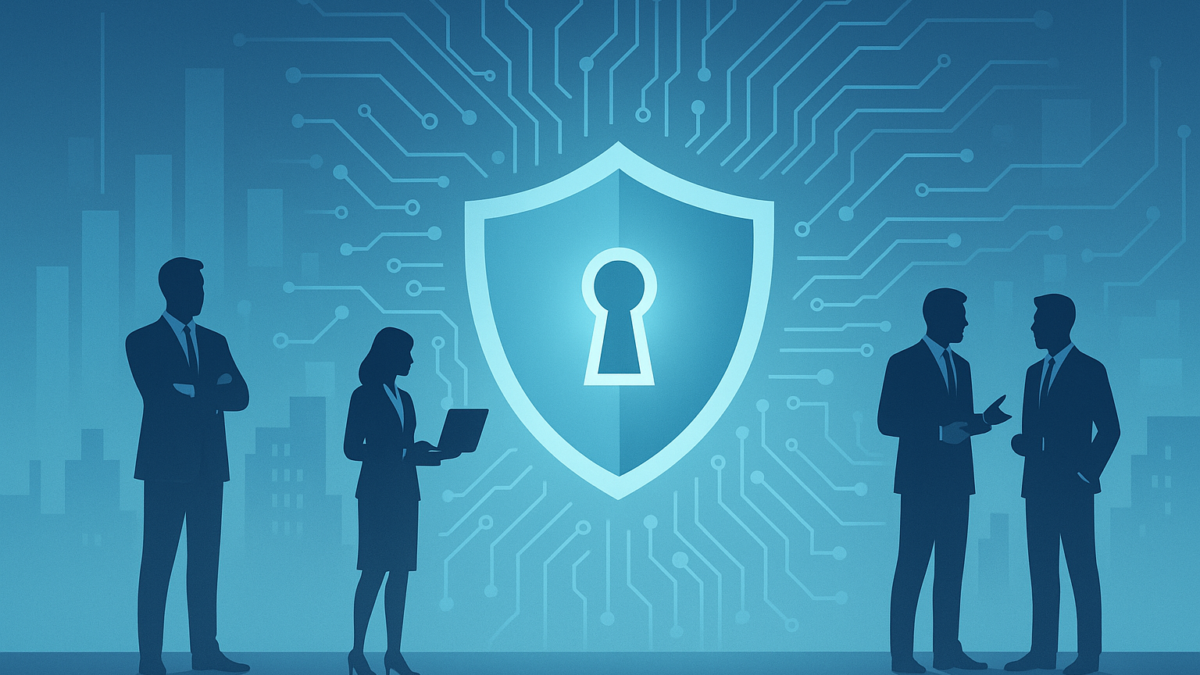The Silent Guardians: Emerging Innovations in Adaptive Cybersecurity
Table of Contents
In today’s digital-first world, cybersecurity is no longer optional—it’s mission-critical. With increasing sophistication of cyberattacks, traditional defense systems are not enough. Enter adaptive cybersecurity, a dynamic, intelligent approach that evolves in real-time to meet emerging threats. For B2B organizations, especially those in tech, finance, and SaaS, these innovations act as silent guardians, ensuring security while enabling growth.
This blog explores emerging innovations in adaptive cybersecurity, their role in B2B lead generation services, and how organizations can harness them for business resilience.
Why Adaptive Cybersecurity Matters for B2B
Cyber threats are evolving faster than ever:
● 68% of business leaders feel their cybersecurity risks are increasing (Accenture).
● A cyberattack occurs every 39 seconds (University of Maryland).
For B2B firms dealing with client data, financial transactions, and lead generation pipelines, security breaches don’t just cause financial losses—they erode trust. Adaptive cybersecurity ensures ongoing protection, safeguarding both data integrity and customer confidence, which are critical in converting and nurturing leads.
Key Innovations in Adaptive Cybersecurity
1. AI-Powered Threat Detection
Artificial Intelligence (AI)and Machine Learning (ML)are at the core of adaptive security. They:
● Continuously analyze network behavior.
● Detect anomalies in real time.
● Predict potential breaches before they happen.
Example: Darktrace, a cybersecurity firm, uses AI to detect insider threats and ransomware within minutes, reducing incident response times significantly.
2. Zero Trust Architecture
Zero Trust operates on the principle of “never trust, always verify,” assuming that every user, device, and application could be a potential threat until verified. It enforces strict identity verification for each access attempt, implements micro-segmentation to reduce lateral movement of attackers, and relies on continuous authentication using behavioral analytics. A real-world application of this approach can be seen in Microsoft’s Azure AD, which employs Zero Trust policies to ensure secure B2B collaboration across hybrid and remote environments
3. Self-Healing Networks
Self-healing technologies leverage automation to:
● Identify vulnerabilities instantly.
● Contain attacks without human intervention.
● Restore normal operations with minimal downtime.
This ensures that B2B services such as CRM platforms and lead generation tools remains operational even during targeted attacks.
4. Behavioral Biometrics
Passwords are no longer sufficient. Adaptive systems now use behavioural biometrics—like typing patterns, mouse movement, and touchscreen behavior—to detect fraudulent logins.
Case study: Banks using behavioral biometrics have reduced fraudulent transactions by 30%, improving customer trust and data safety.
5. Cloud-Native Security
With the shift to remote and hybrid work, cloud adoption has skyrocketed, making cloud-native security tools essential. These tools monitor applications in real time, secure sensitive B2B lead data stored in SaaS platforms, and provide automated compliance checks. For example, Palo
Alto Networks Prisma Cloud offers comprehensive protection for cloud workloads, ensuring that lead databases remain secure.
Step-by-Step Guide to Implement Adaptive Cybersecurity for B2B Firms
To strengthen B2B lead generation services, it is crucial to begin by assessing the risk landscape through a thorough audit of existing systems to identify vulnerabilities that could compromise operations. Implementing a Zero Trust framework ensures robust identity verification protocols for employees, partners, and customers, preventing unauthorised access. Integrating AI and machine learning tools allows for real-time monitoring systems that continuously scan for anomalies in network activity, while automating response mechanisms with self-healing systems helps reduce human error and accelerates incident resolution. Investing in behavioral biometrics further protects login systems and lead databases through advanced verification methods. Securing cloud infrastructure with cloud-native security tools ensures SaaS-based platforms remain safeguarded, and continuous employee training reinforces adaptive security protocols, minimizing risks stemming from human error.
Benefits of Adaptive Cybersecurity for B2B Lead Generation
● Enhanced Trust: Prospects are more likely to engage with businesses that prioritize data security.
● Improved Lead Conversion: A secure platform reassures clients, improving conversion rates.
● Operational Continuity: Automated systems ensure uninterrupted lead nurturing and CRM workflows.
● Regulatory Compliance: Staying compliant with GDPR, HIPAA, or CCPA safeguards against legal risks.
Conclusion
The future of B2B success depends on trust, reliability, and seamless digital experiences. Adaptive cybersecurity innovations like AI-driven threat detection, Zero Trust frameworks, and cloud-native security act as silent guardians, shielding businesses while enabling growth.
For B2B organizations, especially those focusing on lead generation services, investing in adaptive cybersecurity is no longer optional—it’s a competitive advantage.
Call-to-Action (CTA)
Ready to secure your B2B lead generationpipeline with next-gen cybersecurity?
Contact iTMunch today to discover how adaptive cybersecurity can protect your data, enhance trust, and accelerate business growth.
You May Also Like: Cybersecurity for Hybrid Workforces: IT Teams’ New Reality





